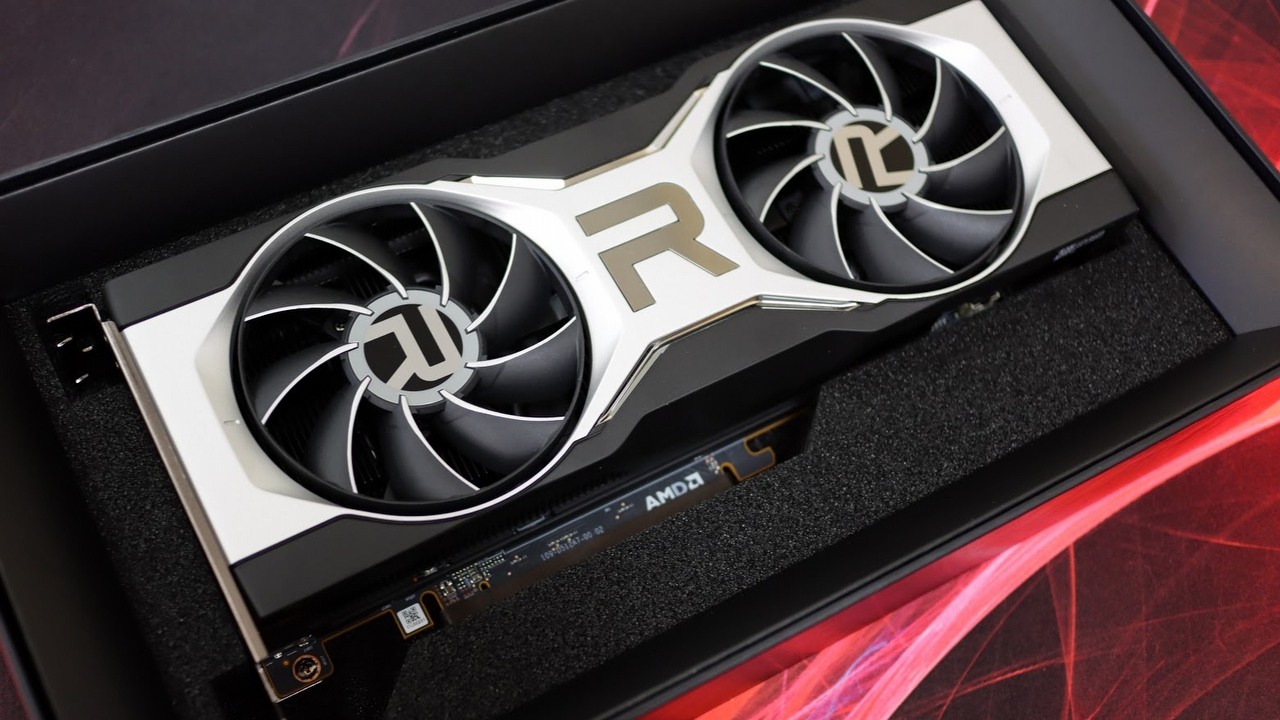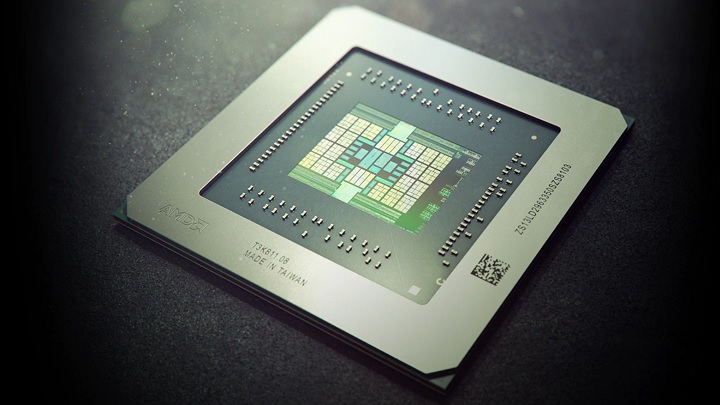AMD Will Not Restrict Crypto Mining on Radeons
AMD's Nish Neelalojanan confirmed that Radeons will not have limitations that would slow down Ethereum mining. Company's production manager believes that the very architecture of the new cards makes them a poor proposition for crypto miners.

The situation in the PC components market is, to say the least, interesting, albeit for the wrong reasons. Suffice it to say that all the enthusiasm surrounding the launch of the next series of GPUs is evaporating in the face of the abysmal lack of availability of new Radeon and GeForce GPUs. Nvidia has decided to tackle one of the causes of these problems by limiting the potential of its chips to mine Ethereum (ETH). This solution was rejected by AMD, as announced by production manager Nish Neelalojanan in a statement for PC Gamer.
Does this mean consent to the use of Radeons by crypto miners? According to Neelalojanan, no. As he explains, the RDNA 2 architecture was developed "from the ground up" with video games and Infinity Cache technology in mind, so a smaller bus width was carefully chosen. As a result, the new AMD cards have limited performance when mining crypto already at the architecture level, as miners need as much bandwidth as possible for greatest efficiency.

At least, that's what Neelalojanan claims. Tests by hardware websites (e.g. Tom's Hardware) suggest that Radeons are not much worse at mining than GeForce without driver lock. Yes, under normal circumstances this noticeably lower efficiency would probably discourage miners from buying. However, the poor availability of GPU makes even "inferior" GPUs viable. It should also be noted that Nvidia's protection quickly proved unreliable (which, ironically, we owe to the manufacturer itself).
Either way, Neelalojanan assured that gamers and not crypt ominers remain the main market for AMD. We can only hope that both companies will manage to deal with production problems. Unfortunately, recent reports suggest that this will not happen anytime soon.
0

Author: Jacob Blazewicz
Graduated with a master's degree in Polish Studies from the University of Warsaw with a thesis dedicated to this very subject. Started his adventure with gamepressure.com in 2015, writing in the Newsroom and later also in the film and technology sections (also contributed to the Encyclopedia). Interested in video games (and not only video games) for years. He began with platform games and, to this day, remains a big fan of them (including Metroidvania). Also shows interest in card games (including paper), fighting games, soulslikes, and basically everything about games as such. Marvels at pixelated characters from games dating back to the time of the Game Boy (if not older).
Latest News
- Is Roblox shutting down on January 1? The rumor is back again, but let’s take a look at whether there’s any truth to it this time
- Studio responsible for GTA 6 is in serious trouble. British government announces investigation against Rockstar after controversial layoffs
- Interest in Clair Obscur: Expedition 33 has exploded once again thanks to The Game Awards 2025. There's at least two pieces of evidence to prove it
- After nearly 30 years, Ghost of Yotei's devs must start a new chapter. Brian Fleming's days at Sucker Punch are numbered
- Baldur's Gate 3 sales aren't slowing down even for a moment. Swen Vincke gave a new, round figure

